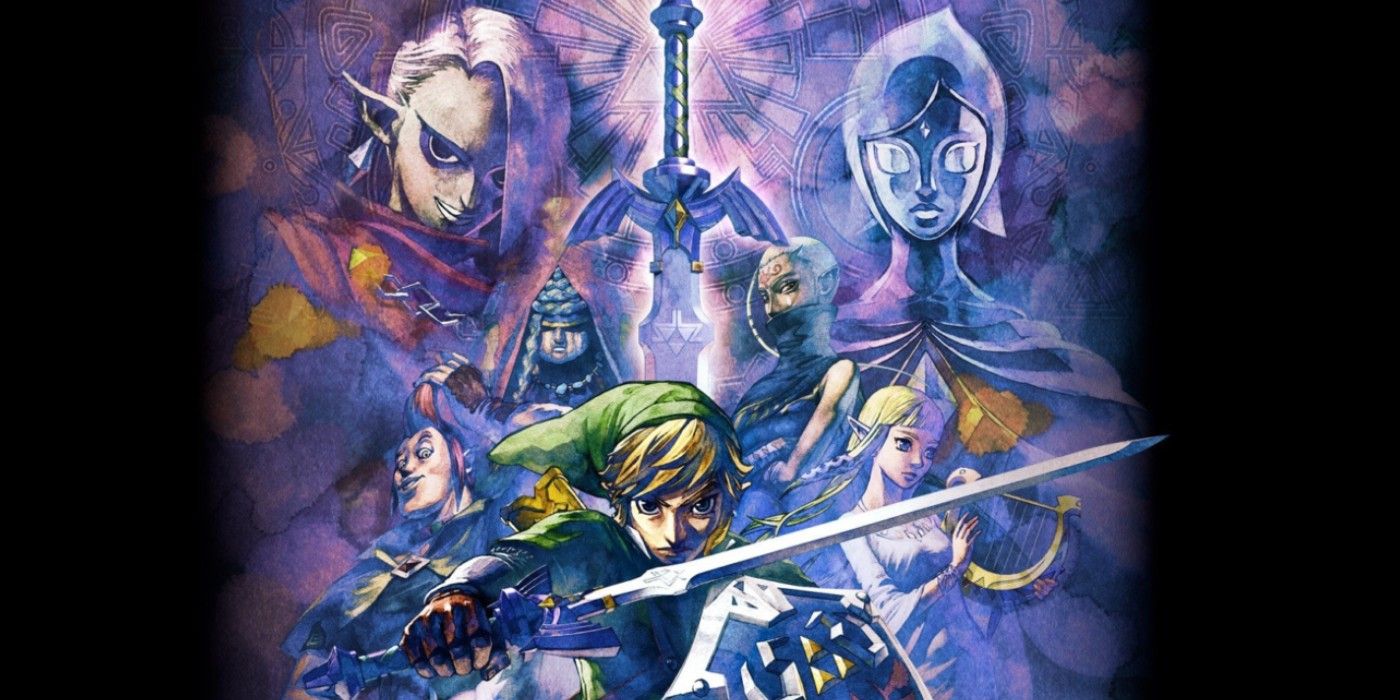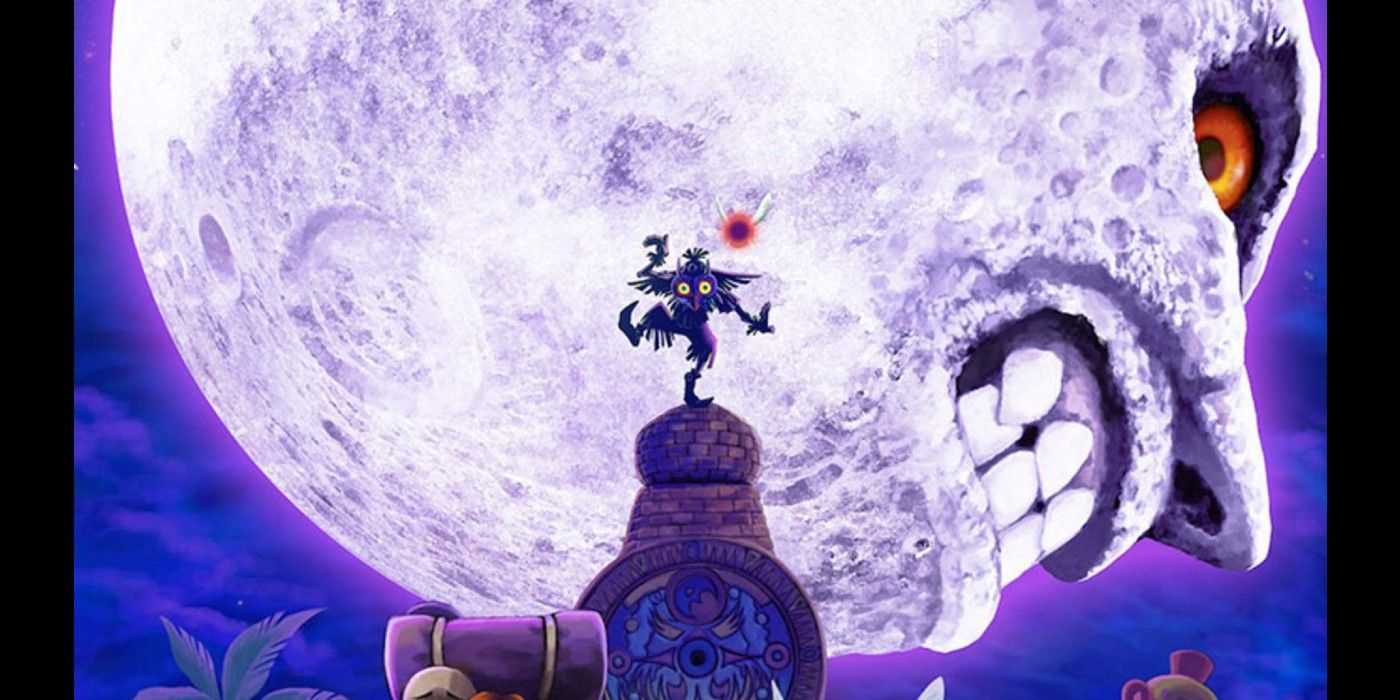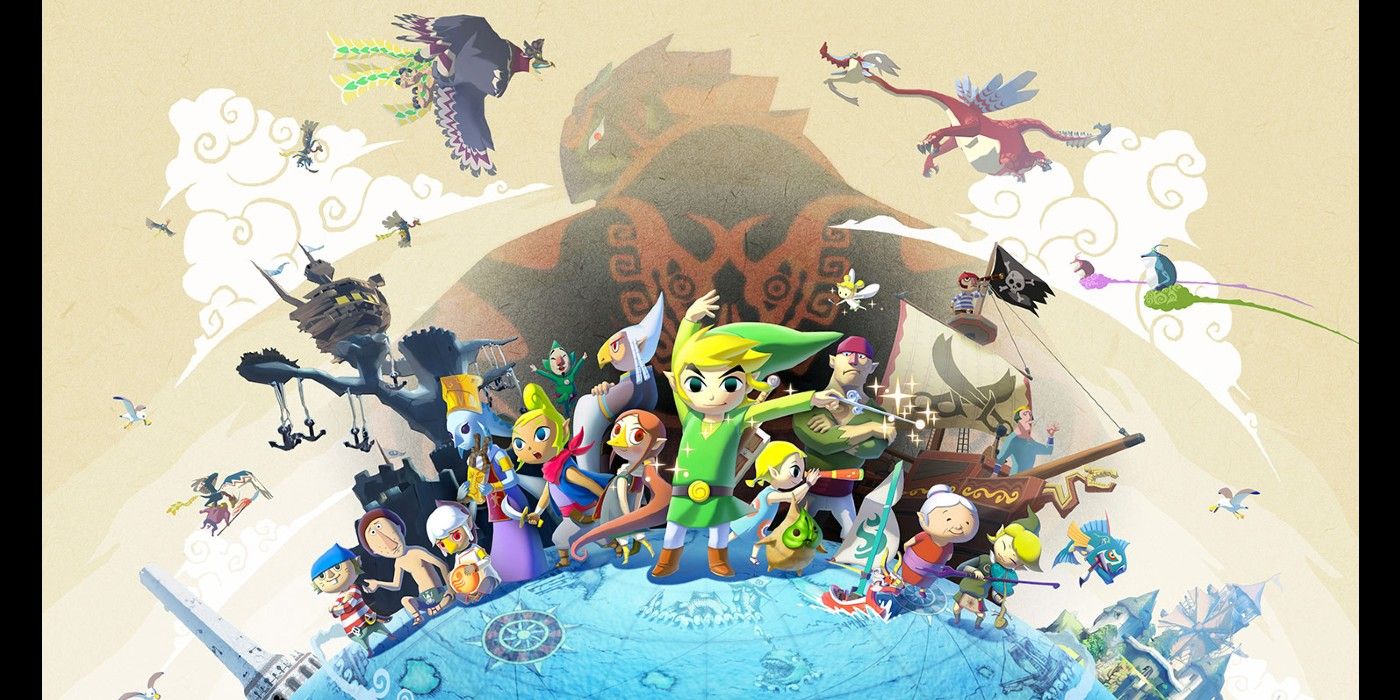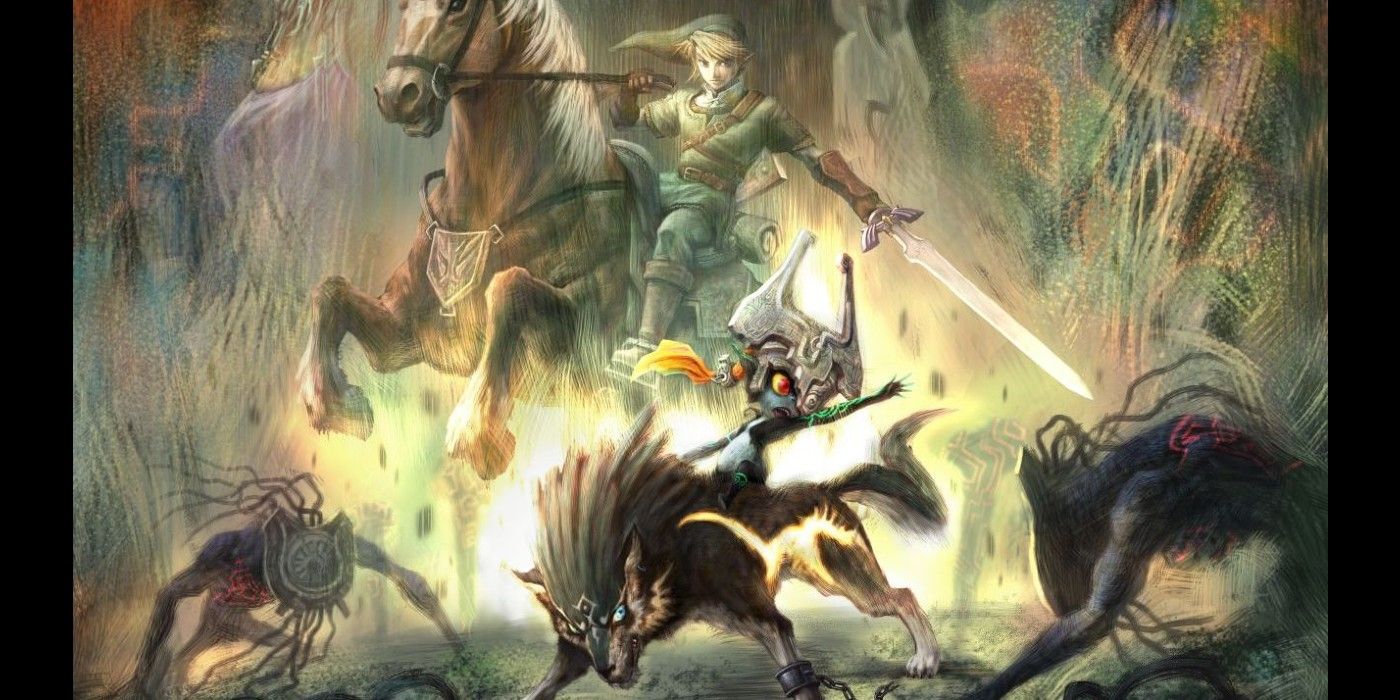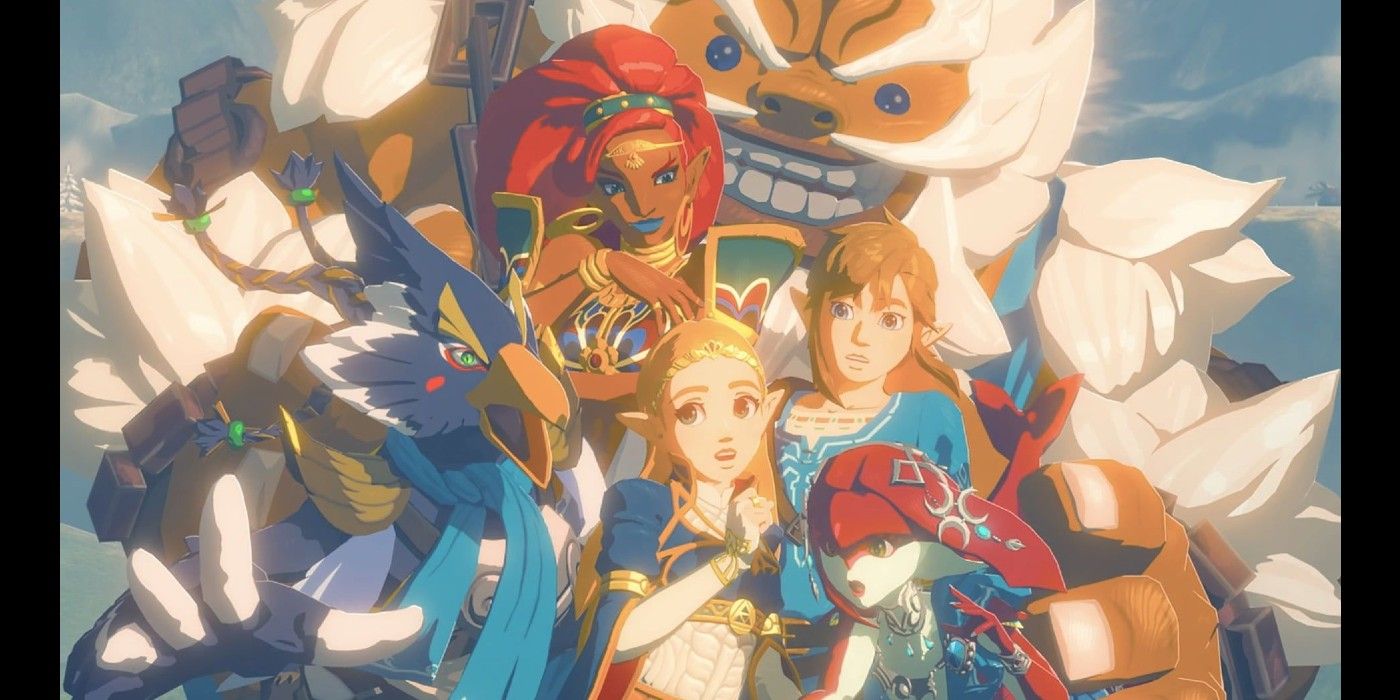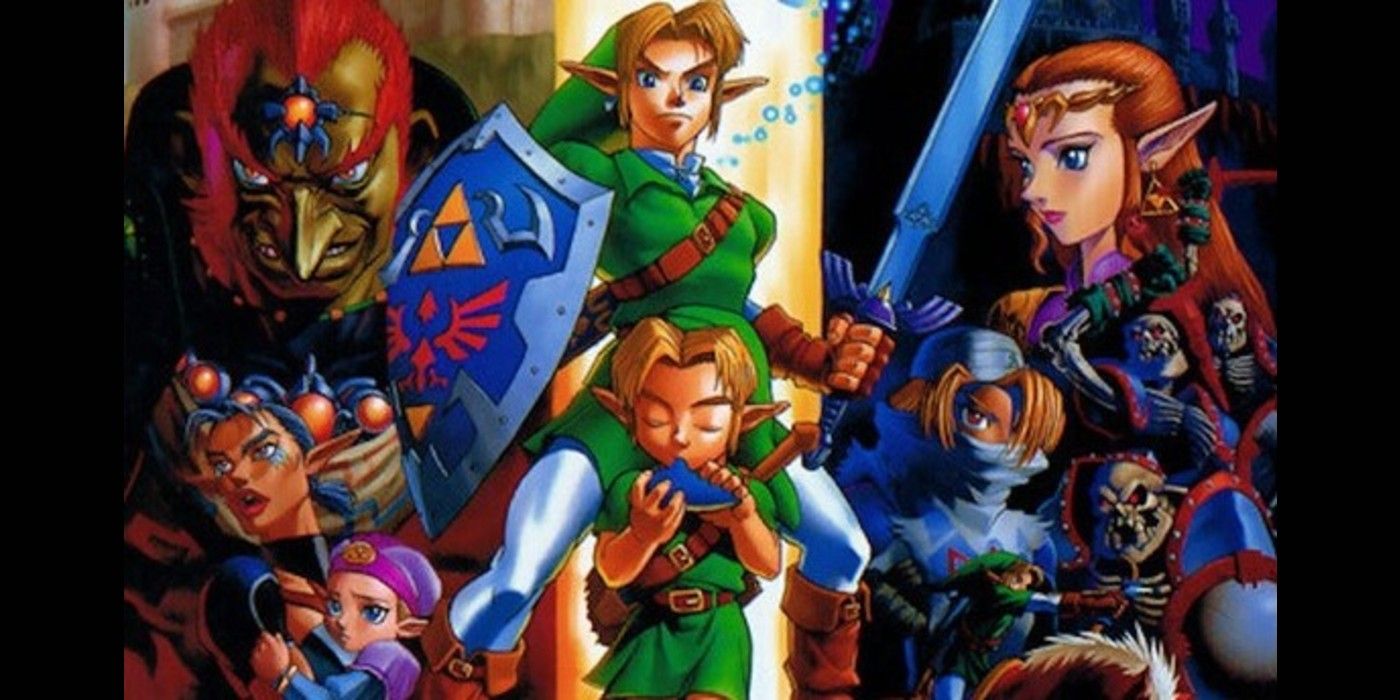The Nintendo empire is built on the backs of multiple epic franchises, but none so idolized as The Legend of Zelda. With game titles in the double digits, Zelda is perhaps one of the most widely-loved franchises in video game history. But how do the titles stack up against one another?
The Legend of Zelda’s release in 1986 was the beginning of a legendary journey. In gaming’s early years, the plight of the frustrated Zelda fan was a familiar one. The games were challenging, but that did not stop the franchise from reaching new heights in the world of 3D with the Nintendo 64. The new frontier allowed developers to fill the games with even more content, graphics, & lore that has defined multiple generations.
While the Nintendo 3DS (and regular DS) has put out a few newer Zelda games like A Link Between Worlds and the remastered Link’s Awakening that are 3D in animation but mostly 2D in their control schemes, those mobile titles will not be considered due to the sheer amount of content the larger console releases deliver. But the question remains: How do the six main 3D Zelda titles rank?
#6 - The Legend of Zelda: Skyward Sword
Resting in the number six spot is the 2011 Wii release The Legend of Zelda: Skyward Sword. It is important to note that even though this earns the lowest rank in the main 3D Zelda game series, any Zelda game is still a great game. Chronologically, the era in which Skyward Sword takes place is the beginning of the Zelda timeline. Link, Zelda, and their peers are inhabitants of a village in the clouds known as Skyloft, and Link’s journey takes him diving to the surface below to rescue Zelda. The Wii MotionPlus, which was required to play Skyward Sword, gave players the autonomy to control Link’s sword and shield with the Wii Remote and Nunchuk respectively.
The game gave birth to exciting new species like Loftwings and unique villains like Ghirahim and the gargantuan Demise. The Legend of Zelda: Skyward Sword’s reception was varied, with some calling the game’s plot repetitive as Link returns several times to the same areas (albeit with different boundaries). Others say the game was stunted by the motion controls’ unreliability. Perhaps if Nintendo were to release Skyward Sword today with the option to turn the motion mechanics off, the title would find new life a decade after its release.
#5 - The Legend of Zelda: Majora’s Mask
The Legend of Zelda: Majora’s Mask is a definition cult-classic game. Released for the Nintendo 64 in 2000, perhaps some would say it was ahead of its time. After the success of its more structured predecessor Ocarina of Time, Majora’s Mask gave the Zelda franchise a rattle with its dark tone and intentionally repetitive story. The title opted for fewer dungeons and significantly more side quests to complete. All this, combined with the daunting three-day deadline and time manipulation mechanics, caused some feel it deviated too much from the structure they craved, bringing it to number five in the ranks.
There are a lot of things that Majora’s Mask got right, though. It has sparked lively debate about the truth of Deku Link’s story in this fan theory. The game incorporates a staggering twenty-four masks that each grant Link unique abilities as he traverses Termina. The main villain, Skull Kid, is relentlessly mischievous, giving players a reason to work against him, yet the game manages to invest players in Skull Kid’s rehabilitation, driving home what could arguably be the title’s theme: Things are not always what they seem.
#4 - The Legend of Zelda: The Wind Waker
The Legend of Zelda: The Wind Waker is a pirate’s dream come true, as Link traverses a flooded Hyrule with the aid of a mysterious talking boat. Released in North America in 2003 (and in Japan in late 2002), Wind Waker was a point of mild contention among fans. The cartoonish art style, along with the introduction of Toon Link, put off some fans in the game’s early life. It felt childish after both Majora's Mask and Ocarina of Time's serious natures, and by flooding the familiar Kingdom of Hyrule, the usual stakes proved too compromised to pull those players back in.
That said, The Legend of Zelda: Wind Waker’s reputation has improved drastically with time. So much, in fact, that the title earned an HD remake for the Wii U in 2013. With improved graphics and through the lens of nostalgia, Wind Waker was rejuvenated. After all, the game introduced integral characters to the universe like Tetra, Koroks, and the bird-like Rito that are now weaved into the core fabric of the Zelda timeline. While fans know now what a treasure Wind Waker is to the series, its slow rise to popularity was a blessing in disguise as it prompted the pendulum to swing toward realism with Nintendo’s next 3D Legend of Zelda release, Twilight Princess.
#3 - The Legend of Zelda: Twilight Princess
Ranking third in the 3D Zelda lineup is The Legend of Zelda: Twilight Princess. Twilight Princess was released for both the GameCube and the Wii in 2006, introducing arguably the most “adult” title into the universe. Link’s quest to save Hyrule from being overtaken by the Twilight Realm introduces him to a small imp named Midna, and it is she that guides Link through his new Twilight-induced wolf shifting abilities, thus creating one of the most unique Zelda experiences to date.
Sadly, fans who played Twilight Princess on the Wii may have noticed difficulty in the motion controls. The unperfected gimmick gave the GameCube version a higher score than its Wii counterpart on sites like Metacritic. Regardless, The Legend of Zelda: Twilight Princess was met with great acclaim. Fans loved the dark ambiance along with Link’s new animal form, and Midna has become an icon within the franchise since the title’s release. The game earned accolades from multiple critics and publications, and (like every title on this list) is still a fan-favorite among many.
#2 - The Legend of Zelda: Breath of the Wild
With the Nintendo Switch’s release in 2017 came with it a revolutionary addition to the Zelda universe. The Legend of Zelda: Breath of the Wild proved to players that Nintendo is still committed to moving forward into new territory with the beloved franchise. With its first real open world game, The Legend of Zelda: Breath of the Wild was able to grant practically complete control to the player and how they wanted to enjoy the game. The 2017 title has seemingly endless amounts of side quests, downloadable content, and Korok seeds that makes the fun last weeks (if not months) for players grinding for that 100%.
Breath of the Wild was met with massive applause for redefining what a Zelda game looks like. But why does it earn the number two spot in the ranking rather than the top? Simply put, it took too much away from what fans love about The Legend of Zelda. The title had four small dungeons, a lack of key items like the Hookshot while the provided items easily break, and had a glaring lack of variety for such a large game. Enemy battles and shrine grinding felt repetitive to some, stripping Zelda fans of their desire to progress. But while Breath of the Wild may not be the top Legend of Zelda game, there is no denying that it well deserves the title of 2017's Game of the Year.
#1 - The Legend of Zelda: Ocarina of Time
Coming in at number one in the 3D Zelda rankings is The Legend of Zelda: Ocarina of Time. The 1998 Nintendo 64 release genuinely redefined the franchise with its bold graphics and time-altering storyline. Ocarina of Time rests in a key spot within the Zelda timeline that determines which direction history splits. Without the Nintendo 64 title, the justification for multiple games (and multiple Links) ceases to exist.
With the release of The Legend of Zelda: Ocarina of Time, fans expectations of the franchise skyrocketed. Here was a game that combined action, exploration, plot-relevant time travel, and almost a decade’s worth of a story; And it was the very first 3D Zelda release! In later incarnations, Ocarina of Time delivered a Master Quest that realigned dungeons and incorporated some new content into the game, effectively reapplying the nostalgic rose-colored glasses to fans and solidifying the game’s integral place in the Zelda franchise.
Nintendo surely had no idea what a bombshell they had created with the very first Legend of Zelda in 1986. Since then, the franchise has nestled comfortably into the throne as a pillar of gaming. Each Zelda title has a unique style that masterfully blends in to the greater lore that surrounds Link’s journey, making them not only pieces of a large puzzle, but also making each one an individualized experience that stands out among its peers. And thanks to the birth of 3D gaming, The Legend of Zelda franchise has shattered more than one glass ceiling as it continues to rise.


